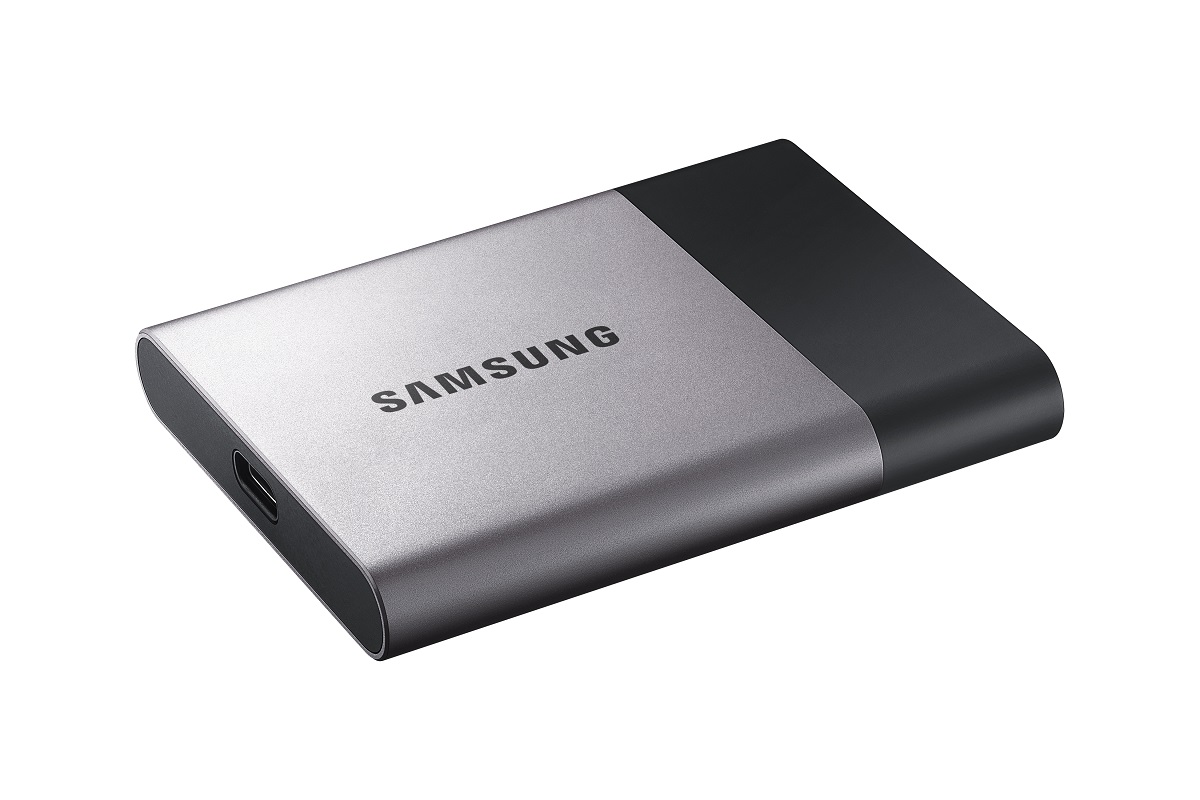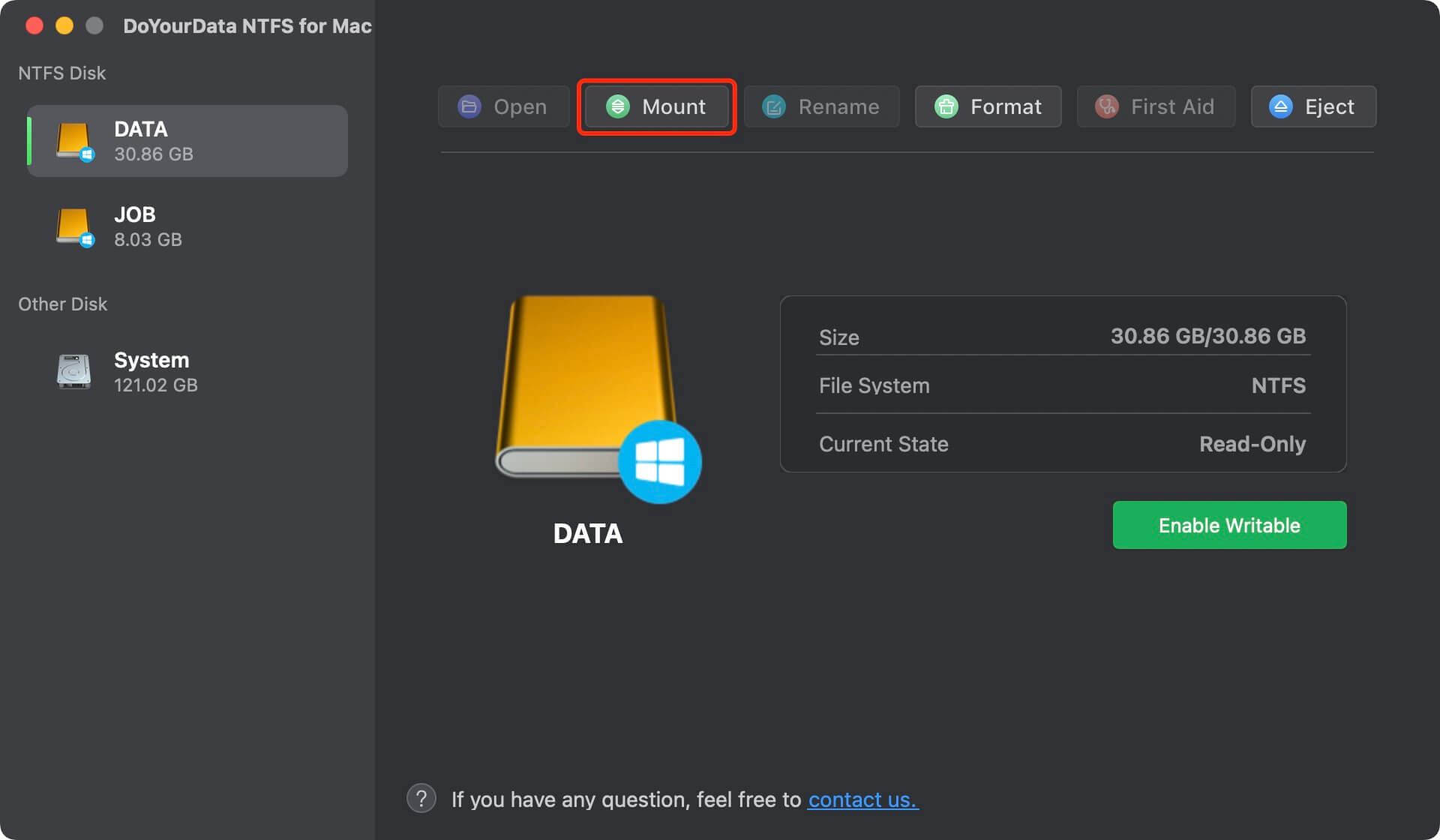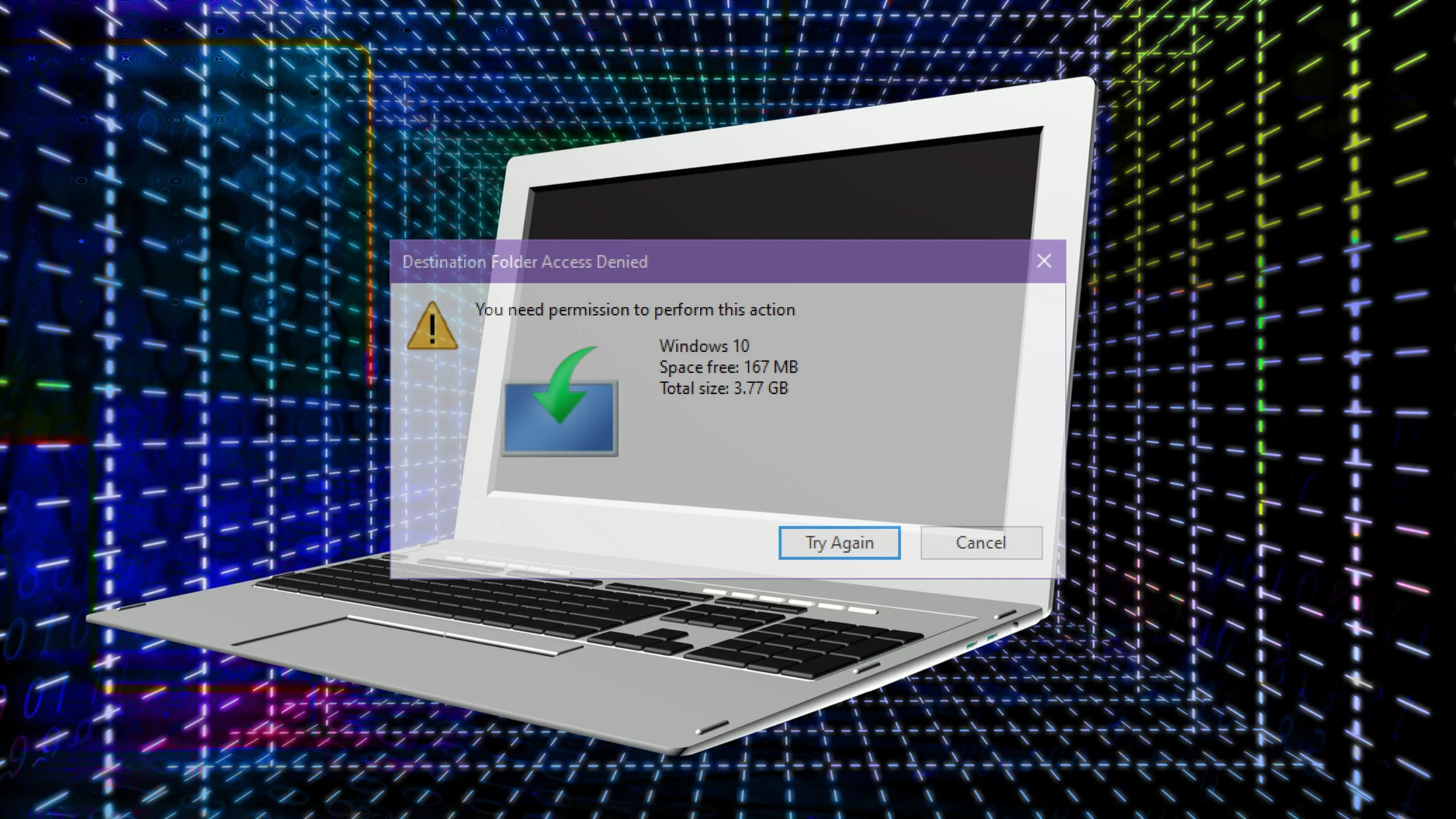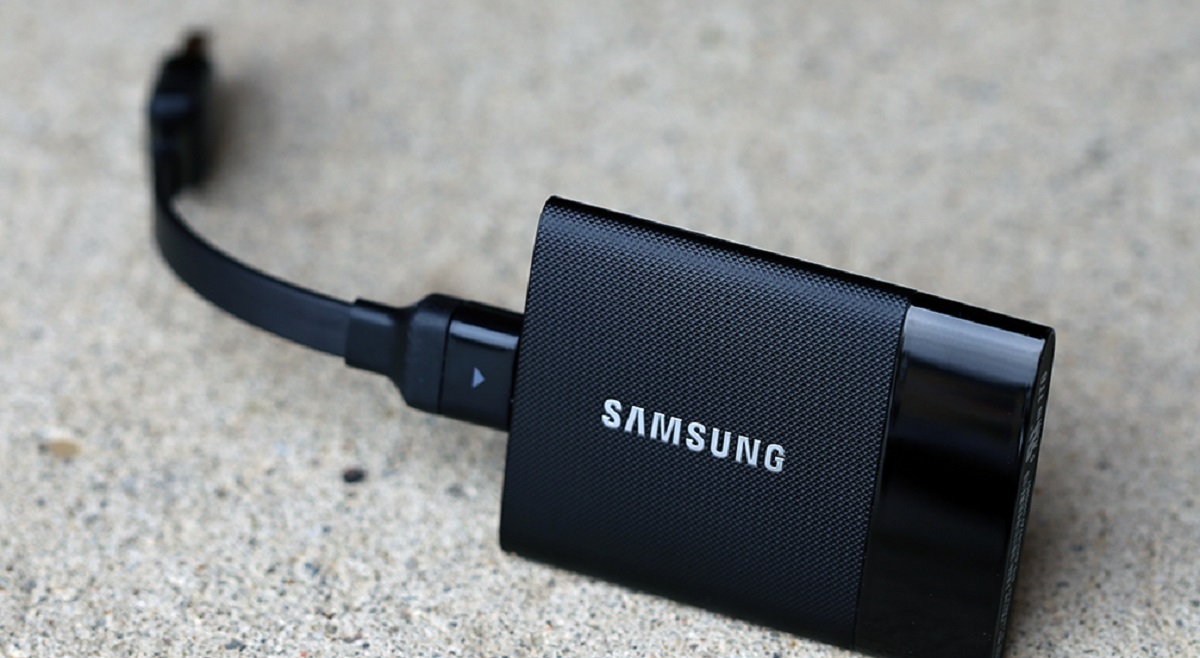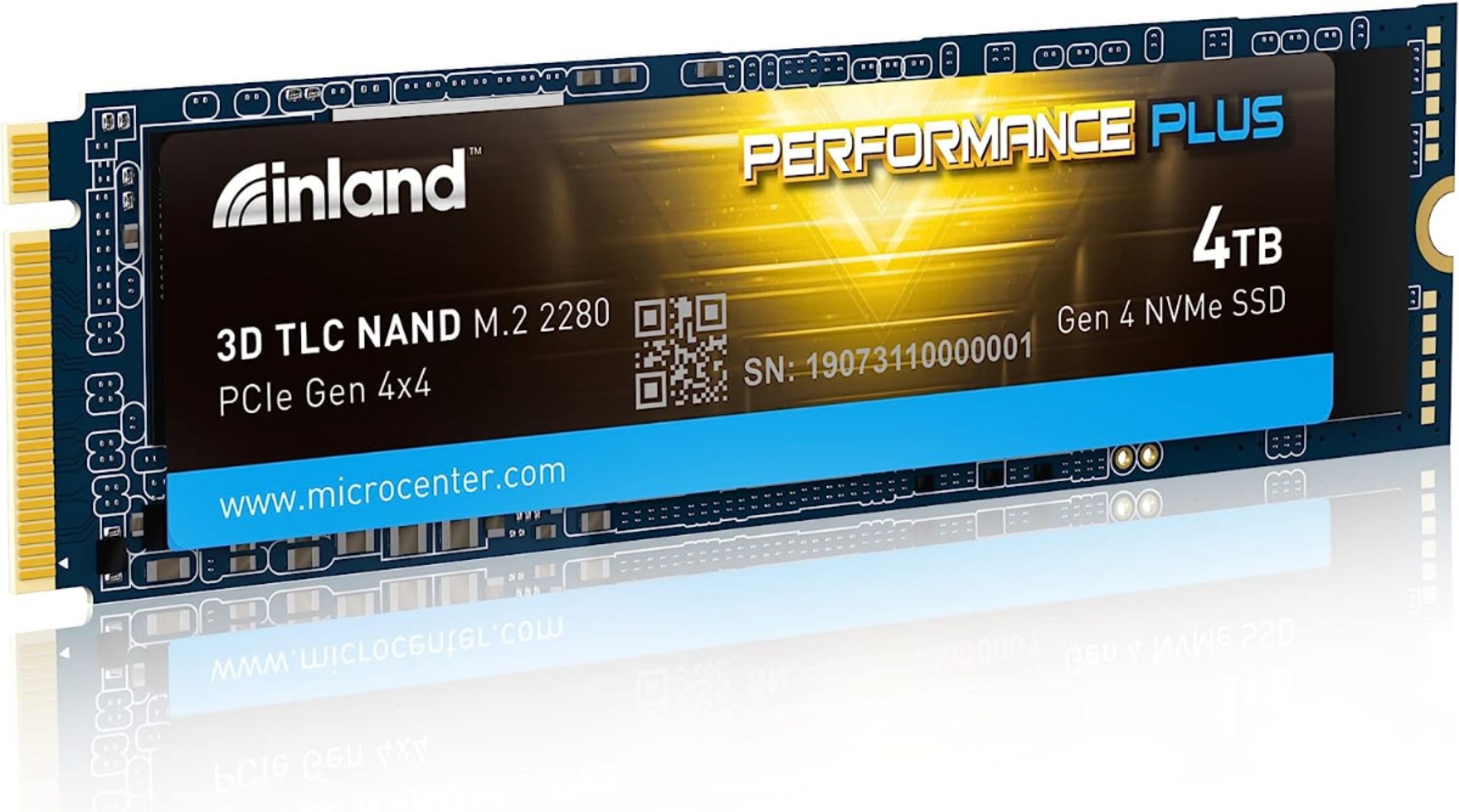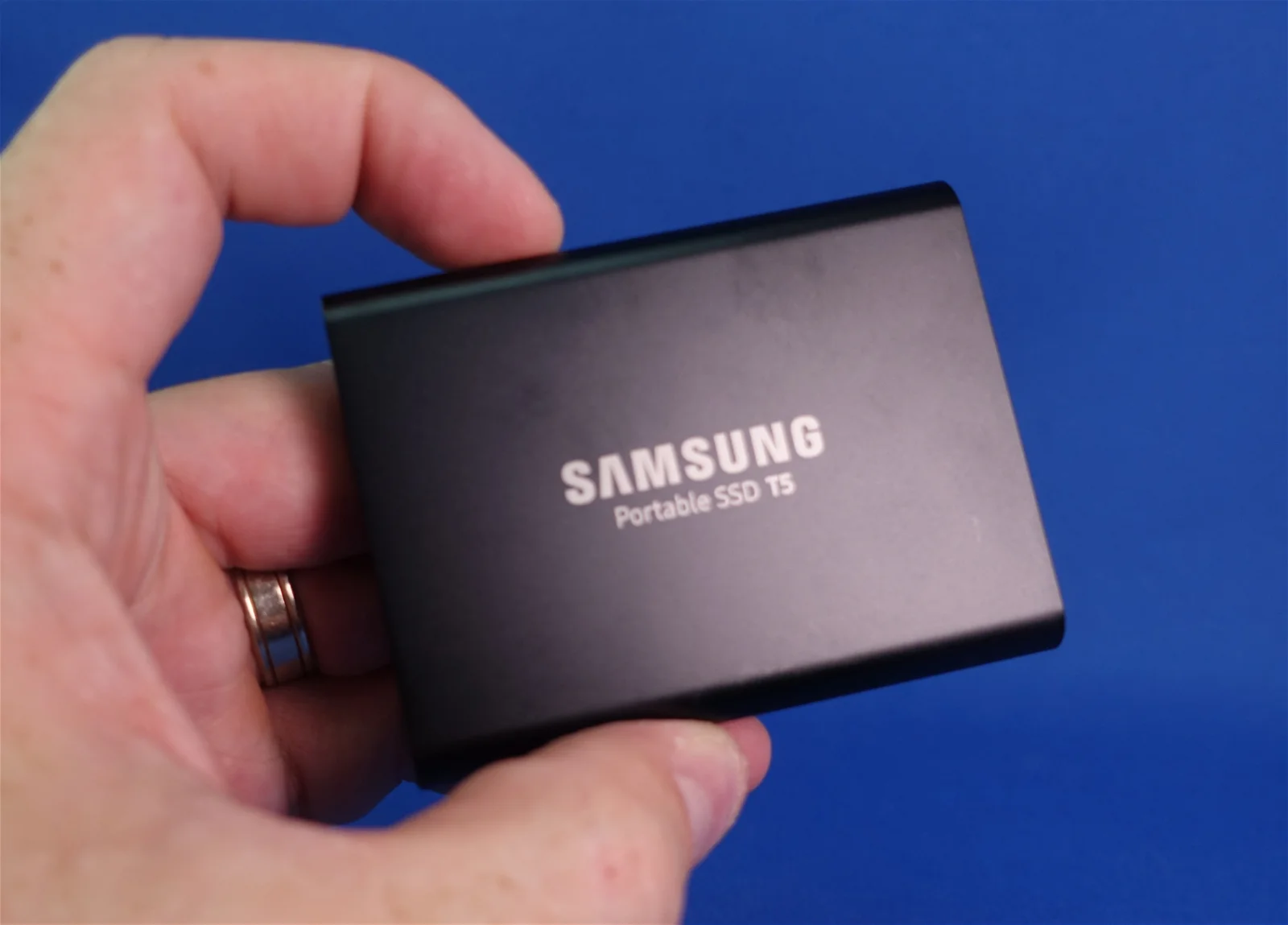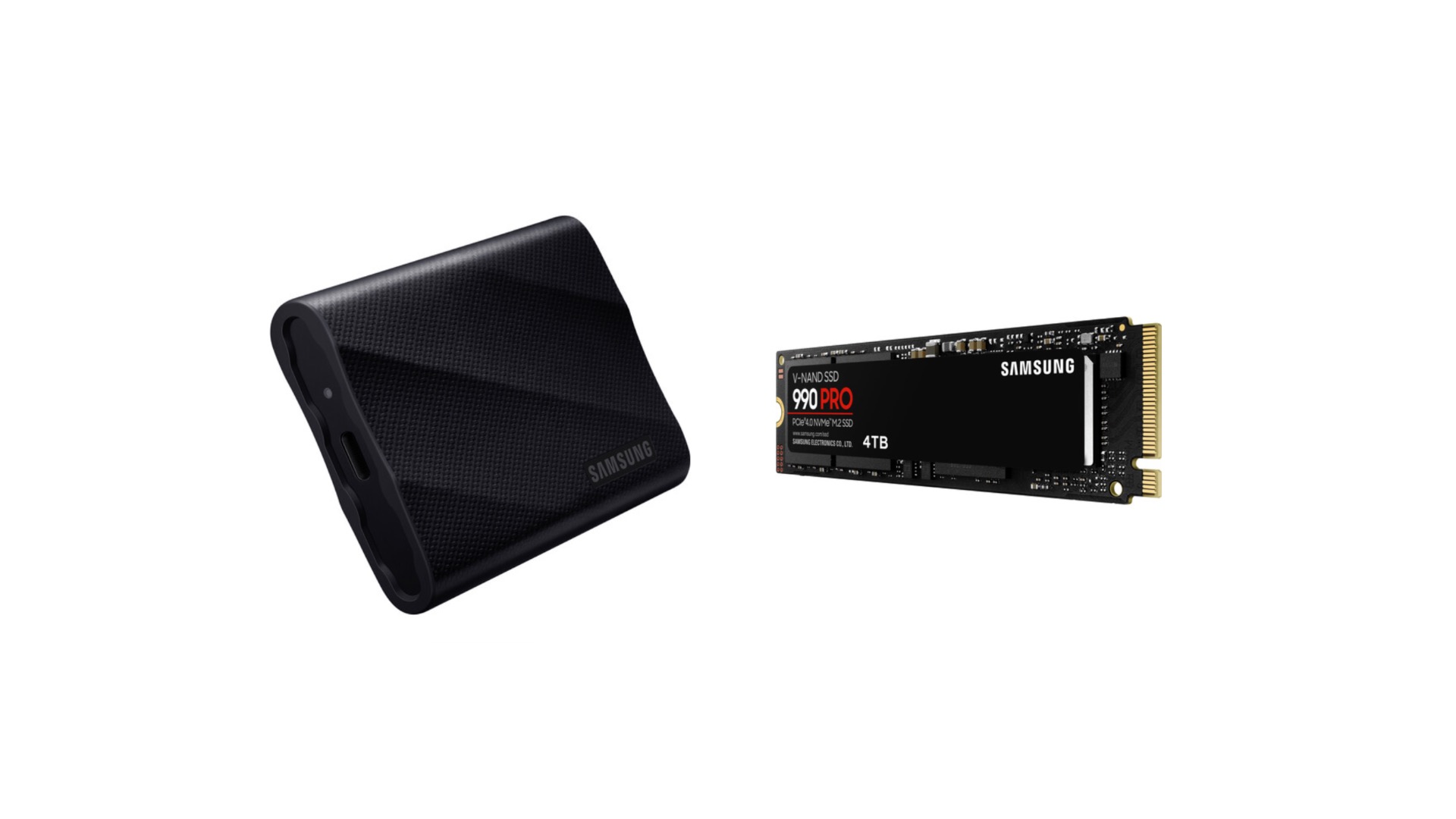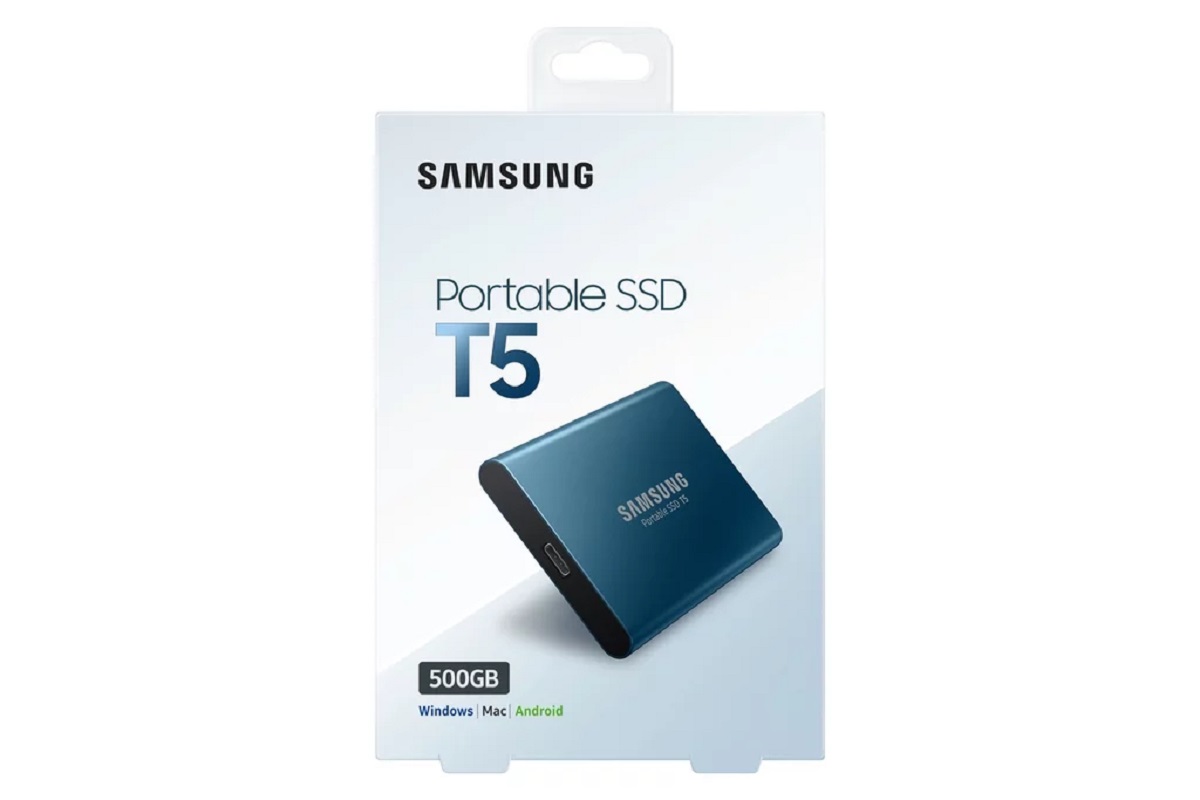Introduction
Welcome to this guide on how to retrieve your password from a Samsung Portable SSD. With the increasing importance of data security, it is not uncommon for individuals to set passwords to protect their sensitive information stored on portable solid-state drives (SSDs). However, forgetting a password can be frustrating and can potentially lock you out of accessing your valuable data.
Thankfully, Samsung provides a straightforward process to help you retrieve your password in case you forget it. In this guide, we will walk you through the step-by-step procedure for recovering your password from a Samsung Portable SSD.
Whether you misplaced your password or simply cannot remember it, we’ve got you covered. By following the instructions outlined in this guide, you will be able to regain access to your data in no time.
Before we dive into the specific steps, it is important to note that this guide applies specifically to Samsung Portable SSDs and the accompanying software. If you are using a different model or brand, the process may differ slightly. Additionally, you will need a computer with a USB port and internet access to complete the recovery process.
Now, without further ado, let’s get started on retrieving your password from a Samsung Portable SSD!
Step 1: Connecting the Samsung Portable SSD to your computer
The first step in retrieving your password from a Samsung Portable SSD is to ensure that the drive is properly connected to your computer. Follow these simple instructions to establish a connection:
- Locate the USB cable that came with your Samsung Portable SSD.
- Insert one end of the cable into the USB port on your computer.
- Take the other end of the cable and connect it to the USB connector on the Samsung Portable SSD.
- Ensure that the connection is secure and snug.
- Once the connection is established, you will see a notification on your computer indicating that a new device has been detected.
If you are using a laptop without available USB ports, you may need to use an external USB hub or an adapter to connect the Samsung Portable SSD.
It is essential to ensure a stable and secure connection between your computer and the Samsung Portable SSD to proceed with the password retrieval process.
In the next step, we will guide you through downloading and installing the Samsung Portable SSD software, which is necessary for recovering your password.
Step 2: Downloading and installing the Samsung Portable SSD software
The next step involves downloading and installing the Samsung Portable SSD software. This software is designed specifically for managing your Samsung Portable SSD and provides the necessary tools for password recovery. Follow the instructions below to complete this step:
- Open a web browser on your computer and navigate to the Samsung official website.
- Search for the “Support” or “Downloads” section of the Samsung website.
- Locate the software download page for the Samsung Portable SSD.
- Choose the appropriate software version for your operating system (Windows or Mac).
- Click on the download link to initiate the download process.
- Once the download is complete, locate the downloaded file on your computer.
- Double-click on the file to begin the installation process.
- Follow the on-screen prompts to install the Samsung Portable SSD software.
- Once the installation is complete, launch the software.
It is essential to keep the Samsung Portable SSD software up to date to ensure optimal performance and access to the password recovery feature.
With the software installed and ready, we can now proceed to the next step, which involves launching the Samsung Portable SSD software.
Step 3: Launching the Samsung Portable SSD software
After successfully installing the Samsung Portable SSD software, the next step is to launch the software. This step allows you to access the interface where you can initiate the password retrieval process. Here’s how you can launch the software:
- Locate the Samsung Portable SSD software icon on your desktop or in your applications folder.
- Double-click on the icon to open the software.
- Alternatively, you can click on the software launch shortcut icon in your system tray or taskbar.
Once the software is launched, you will see the main interface, providing you with various options and tabs to manage your Samsung Portable SSD.
If you encounter any issues launching the software, ensure that your system meets the minimum requirements, such as having the latest operating system updates and sufficient storage space.
With the software successfully launched, we can now move on to the next step, which involves selecting the “Password” tab in the software interface.
Step 4: Selecting the “Password” tab in the software interface
Once you have launched the Samsung Portable SSD software, it’s time to navigate to the “Password” tab, where you can initiate the password retrieval process. Follow these steps to find the “Password” tab:
- Look for the navigation menu located somewhere on the software interface. It is typically located at the top or on the left side of the screen.
- Within the navigation menu, locate and click on the “Password” or “Security” tab. The exact name may vary depending on the software version.
- If the navigation menu uses icons instead of text, look for an icon that represents security or a lock.
Upon successfully selecting the “Password” tab, you will be presented with options related to password management and recovery. This is where you can begin the process of retrieving your forgotten password.
If you are unsure about the location of the “Password” tab or have trouble finding it, consult the user manual or the help section within the Samsung Portable SSD software.
With the “Password” tab selected, we are ready to proceed to the next step, which involves entering the password hint.
Step 5: Entering the password hint
After selecting the “Password” tab in the Samsung Portable SSD software interface, the next step is to enter a password hint. The password hint serves as a reminder or clue to help you recall your forgotten password. Follow the instructions below to enter the password hint:
- Once you are in the “Password” tab, look for the section labeled “Password Hint” or similar.
- Click on the field provided to enter your password hint.
- Think of something that will jog your memory when you see it, but avoid using obvious or easily guessable hints.
- Type in your chosen password hint. Make sure to keep it concise and easy to understand.
- Double-check the entered password hint for any errors or misspellings.
- Once you are satisfied with the entered password hint, click on the “Save” or “Apply” button to save your changes.
Remember that the password hint should be something that only you can understand and that will not compromise the security of your data. It should provide enough information to trigger your memory without giving away the actual password.
If you have multiple password-protected Samsung Portable SSDs, make sure to associate the correct password hint with the corresponding drive.
With the password hint entered, we are now ready to proceed to the next step, which involves retrieving your password through the registered email.
Step 6: Retrieving your password through the registered email
After entering the password hint in the Samsung Portable SSD software, the next step is to retrieve your password through the registered email. This process allows you to receive a password reset link or instructions to regain access to your data. Follow the steps below to retrieve your password:
- Within the Samsung Portable SSD software interface, look for the option or button labeled “Forgot Password” or similar.
- Click on the “Forgot Password” option to initiate the password retrieval process.
- A prompt will appear, asking you to enter the email address associated with your Samsung Portable SSD.
- Enter the registered email address into the designated field.
- Double-check the entered email address for any errors or misspellings.
- Once you are sure that the email address is correct, click on the “Send Email” or “Submit” button to proceed.
- Check your email inbox for a message from Samsung containing further instructions.
- Follow the instructions provided in the email to reset your password and regain access to your data.
It is important to ensure that you have access to the email address registered with your Samsung Portable SSD. If you no longer have access to the registered email, contact Samsung support for further assistance.
With the password retrieval email sent, we are now ready to move on to the final step, which involves resetting your password.
Step 7: Resetting your password
After receiving the password retrieval email from Samsung, the final step is to reset your password and regain access to your data. Follow these instructions to reset your password:
- Open your email inbox and locate the email from Samsung regarding the password reset.
- Open the email and carefully read the instructions provided.
- Click on the password reset link provided in the email. This will redirect you to a password reset page or prompt.
- On the password reset page, follow the instructions to create a new password for your Samsung Portable SSD.
- Choose a strong and secure password that you can easily remember.
- Enter the new password into the designated fields.
- Double-check the entered password for accuracy and ensure that both fields match.
- Once you are satisfied with the new password, click on the “Reset Password” or similar button to confirm.
- You will receive a confirmation message indicating that your password has been successfully reset.
- Close any browser windows or tabs related to the password reset.
It is crucial to create a strong and unique password to ensure the security of your data. Avoid using easily guessable passwords and consider using a combination of uppercase and lowercase letters, numbers, and special characters.
With your password successfully reset, you can now access your Samsung Portable SSD using the new password and retrieve your valuable data.
Congratulations! You have now completed the password retrieval process for your Samsung Portable SSD and regained access to your important files and documents.
Conclusion
Forgetting a password can be a frustrating experience, especially when it comes to accessing the data stored on your Samsung Portable SSD. However, thanks to the user-friendly software provided by Samsung, the process of retrieving a forgotten password is relatively straightforward.
In this guide, we have taken you through the step-by-step process of retrieving your password from a Samsung Portable SSD. From connecting the SSD to your computer, to downloading and installing the necessary software, and finally resetting your password through the registered email, we have provided detailed instructions to help you regain access to your important data.
Remember, it is always essential to keep your password hint updated, as it serves as a valuable clue to help jog your memory in case you forget your password. Additionally, ensure that you have access to the email address registered with your Samsung Portable SSD to receive the necessary instructions for password retrieval.
By following the steps outlined in this guide, you can confidently navigate the password retrieval process and regain access to your data stored on a Samsung Portable SSD. Remember to create a strong and unique password to enhance the security of your valuable information.
If you encounter any difficulties during the password retrieval process or have specific questions related to your Samsung Portable SSD, it is recommended to reach out to Samsung customer support for further assistance.
Thank you for using this guide, and we hope you have successfully retrieved your password and gained access to your data on your Samsung Portable SSD.







